
What Are UNESCO World Heritage Sites?

Have you ever seen “UNESCO World Heritage Site” listed as a must-visit attraction when planning your travel itinerary? But what exactly are UNESCO World Heritage Sites, and why should you consider visiting them?
This blog will explain everything you need to know about UNESCO heritage sites, their significance, and why if you get a chance to visit them, they will elevate your travel experiences.
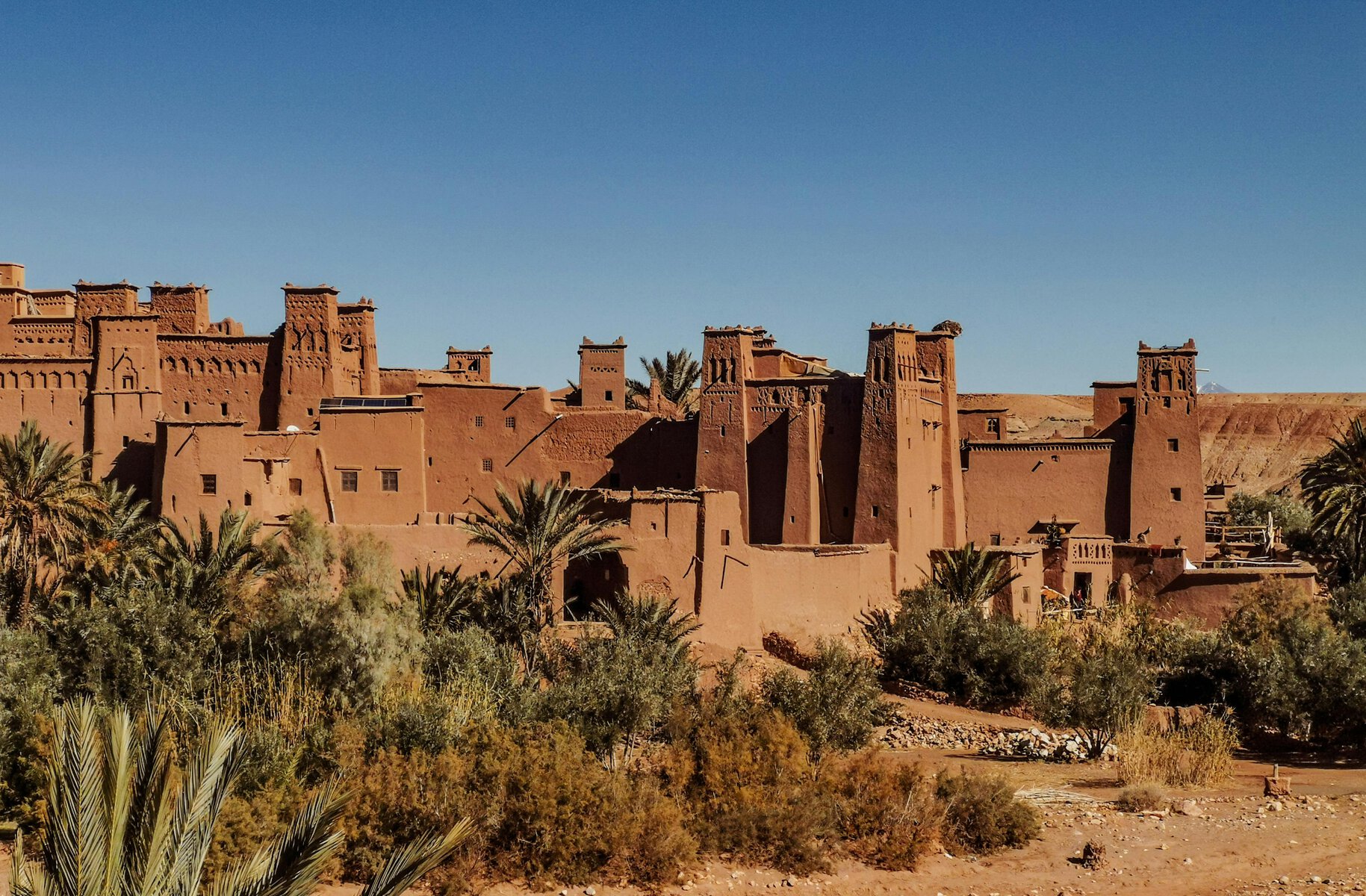
What is UNESCO?
The United Nations Educational, Scientific and Cultural Organisation (UNESCO) is a specialised agency of the United Nations. Its mission is to promote international collaboration in education, science, culture, and communication to foster peace, sustainable development, and respect for human rights.
In 1972, UNESCO adopted the Convention Concerning the Protection of the World Cultural and Natural Heritage, which led to the creation of the World Heritage Site program.
There are now over 1,100 sites across 167 countries listed in this program; all holding cultural, historical or natural importance. Ranging from ancient ruins and historic cities to pristine natural landscapes. The list includes cultural landmarks like the Taj Mahal, natural wonders like the Grand Canyon, and even mixed sites like Machu Picchu, which hold both cultural and natural significance.
By designating these locations, UNESCO aims to protect them for future generations. Checkout their website for the World Heritage List.
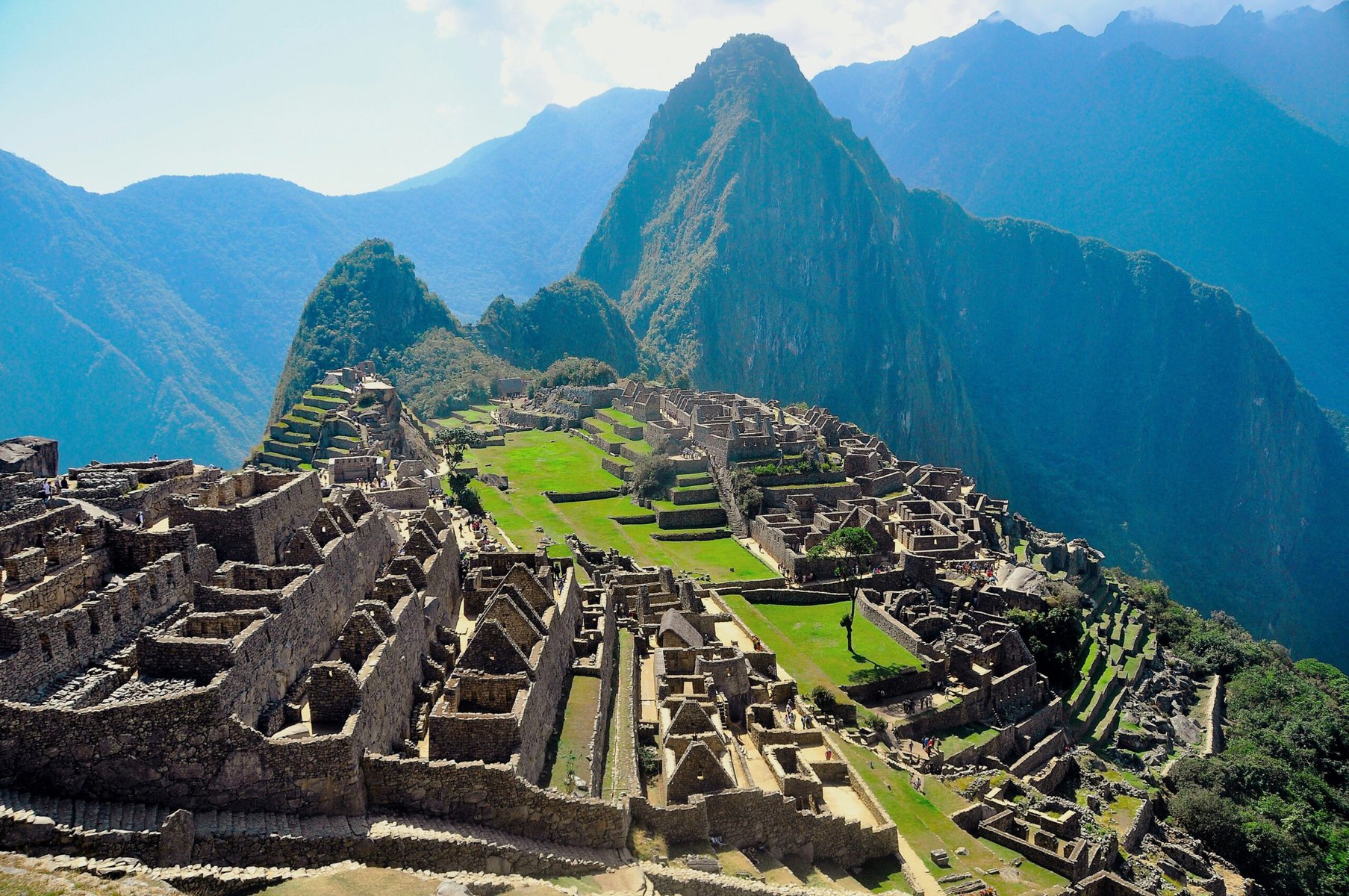
How Sites Get On the World Heritage List?
The process to get this prestigious title is rigorous and essentially covers the following key steps:
Nomination: Countries propose sites to UNESCO, presenting why these places deserve recognition.
Evaluation: Specialised advisory bodies assess the site’s “Outstanding Universal Value”—a quality that makes it unique, irreplaceable, and internationally important.
Designation: If the site meets the criteria, it is officially added to the World Heritage List.
Once approved, these sites benefit from international attention, funding, and conservation strategies. So it really is a big deal!
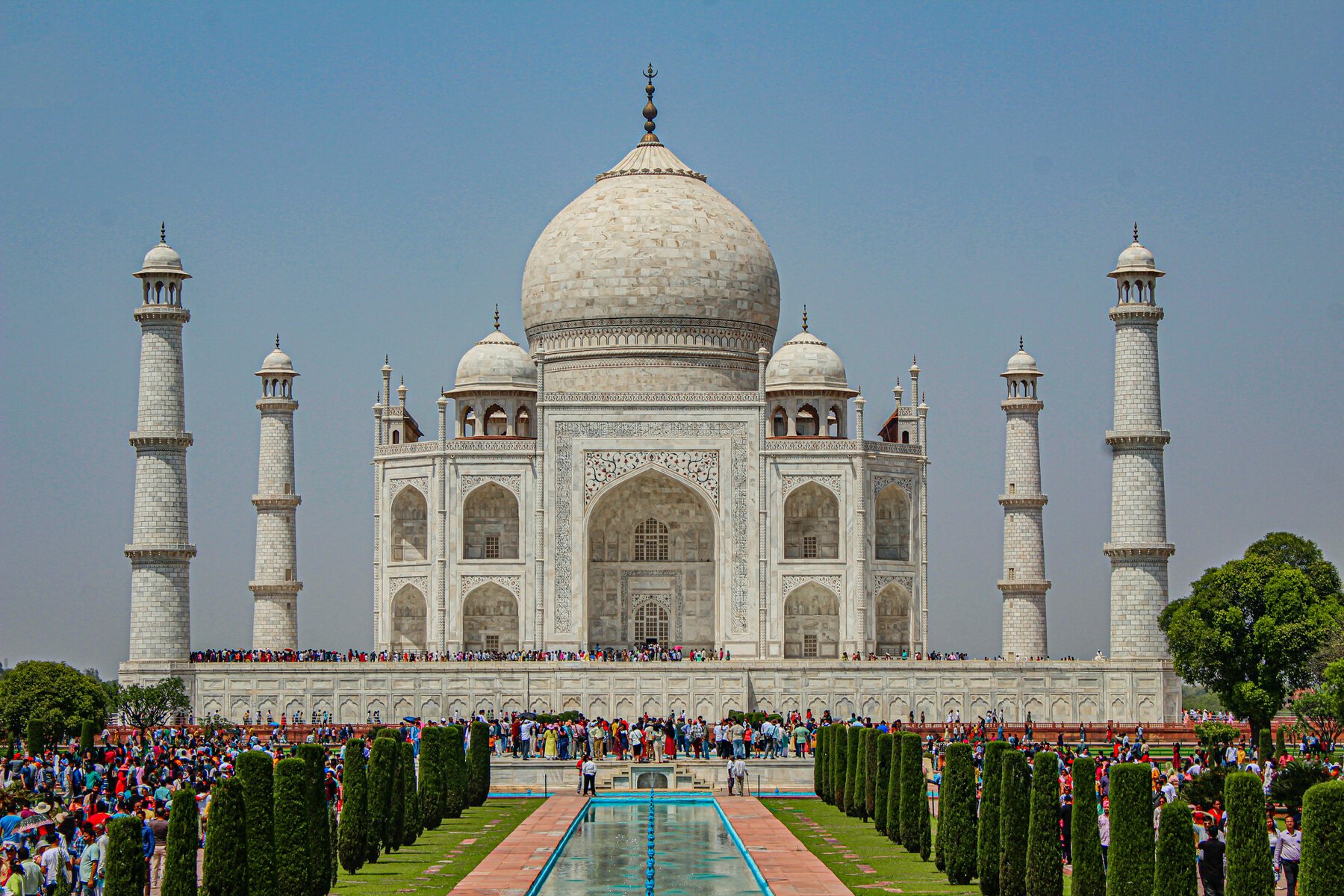
Why Visit UNESCO World Heritage Sites?
There’s something undeniably magical about visiting a UNESCO World Heritage Site. Here’s why these iconic spots always deserve a spot on your travel bucket list:
Rich Cultural and Historical Value
Imagine walking through the ancient city of Petra in Jordan, where the rose-red façades of buildings carved into cliffs take you back 2,000 years. Or standing inside the Roman Colosseum in Italy, a testament to human ingenuity and ambition. These monuments are living lessons in history, art, and culture, making them educational and awe-inspiring to visit.
Each UNESCO site connects you with the past, offering a unique perspective on different civilisations and their achievements.
Natural Beauty on an Epic Scale
While many UNESCO sites are human-made, others showcase breath-taking natural landscapes. From the crystalline waters of Australia’s Great Barrier Reef, teeming with marine life, to the forests of the Amazon Basin, these areas highlight the diverse beauty of our planet.
Visiting these natural World Heritage Sites is also a reminder of what we must conserve for future generations and often an opportunity to engage in sustainable tourism.
A Commitment to Conservation
When you visit a World Heritage Site, your visit often contributes to its preservation. Entrance fees and guided tours frequently fund maintenance, helping protect these important landmarks. Choosing UNESCO-listed destinations means your wanderlust supports a greater cause.
Well-Curated Experiences
UNESCO status often brings structure to a destination. Visitor centres, tours, and educational resources are thoughtfully developed to provide meaningful, informative experiences. Whether it’s the interpretive signs outside a historic ruin or expert-led treks in natural reserves, you’ll likely find quality experiences at these sites.
Global Inspiration
By exploring UNESCO landmarks, you can tick off iconic destinations while learning about cultural diversity and environmental preservation. These sites unite us as a global community, reminding us there’s beauty to cherish in every corner of the earth.

Types of UNESCO Sites You Should Visit
While each UNESCO site is remarkable in its own way, some stand out as true masterpieces worth adding to your bucket list.
Cultural Wonders: Visit France’s historic Mont-Saint-Michel, a striking abbey perched on a tidal island, or explore the ancient temples of Angkor Wat in Cambodia.
Natural Marvels: Witness the awe-inspiring vistas of Yellowstone National Park, USA, or trek the stunning Galápagos Islands off the coast of Ecuador.
Hidden Gems: Step away from the crowd and find beauty in lesser-known sites, such as the atmospheric Skellig Michael island in Ireland, a centuries-old monastic site perched on dramatic sea cliffs.
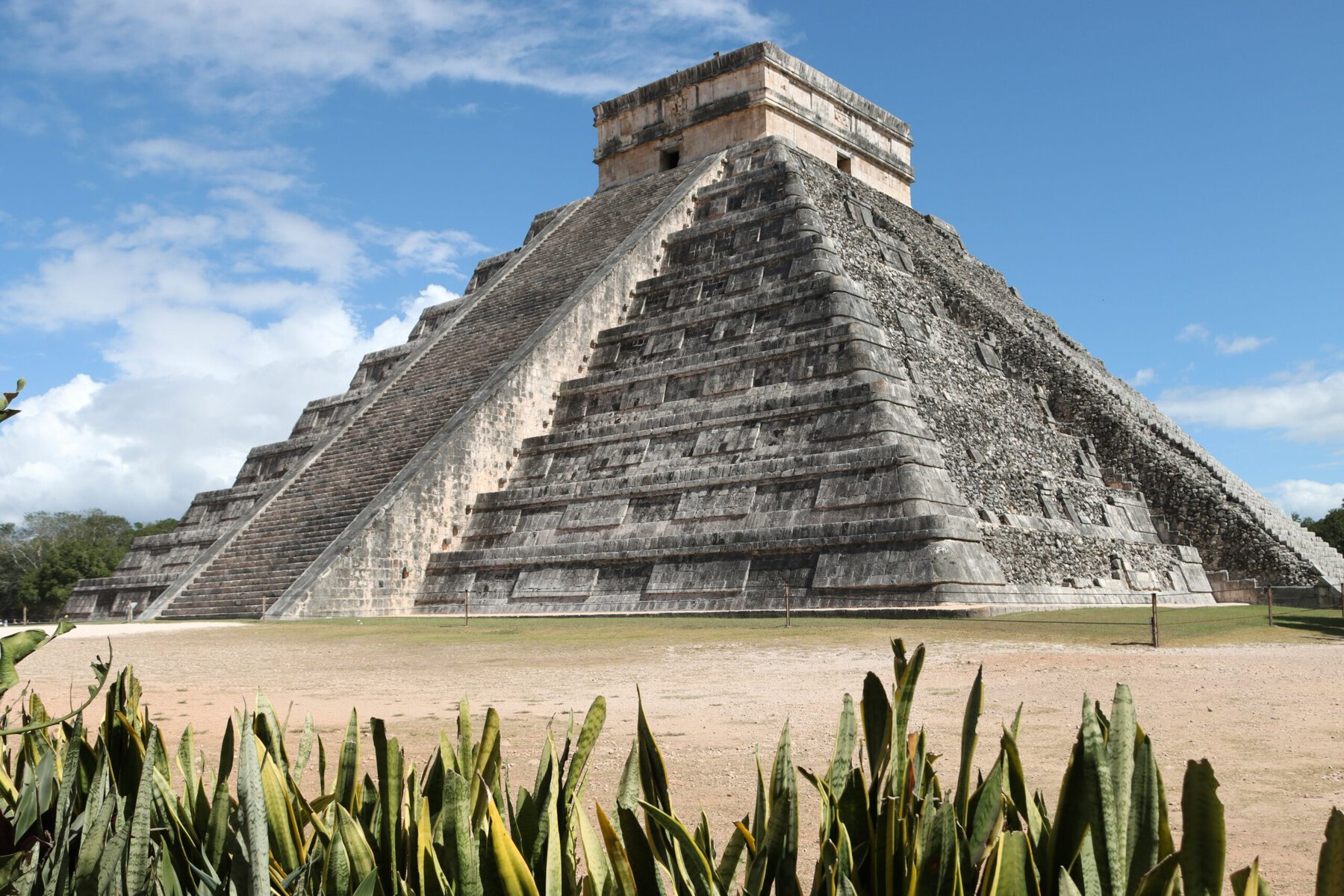
Tips for Visiting UNESCO World Heritage Sites
Plan Ahead
Some popular sites, like the Great Wall of China or the Acropolis in Athens, attract millions of visitors each year. Book tickets or tours ahead of time, especially during peak seasons, to avoid crowds and long queues.
Respect the Rules
Preservation is a priority, so follow the guidelines for each location. This might include staying on marked trails, avoiding photography in sensitive areas, or simply being mindful of your surroundings.
Take Guided Tours
A knowledgeable guide can bring to life the stories behind these sites, offering context and details you might otherwise miss.
Engage in Local Culture
UNESCO sites are often located near towns or communities deeply connected to their history. Spend time exploring local markets, sampling regional dishes, or attending cultural festivals during your visit.
Travel Sustainably
Many World Heritage Sites face threats from climate change and urban development. Support their longevity by practicing low-impact travel—avoiding single-use plastics, using public transportation, and choosing eco-friendly accommodations.
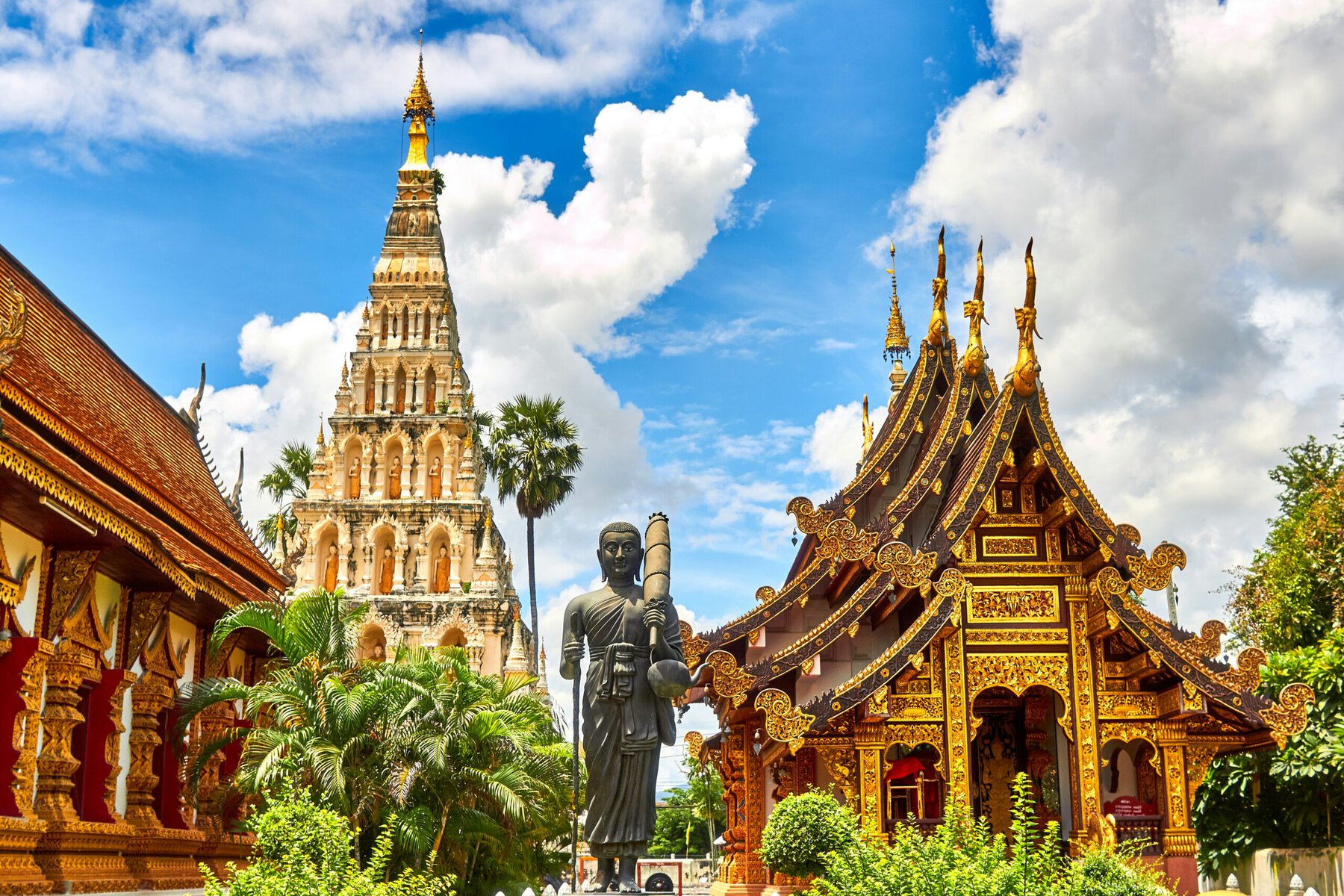
So To Wrap Up On What Are UNESCO World Heritage Sites…
UNESCO World Heritage Sites represent the best of our cultural and natural heritage. Each visit is not just an exploration of history or nature but an experience that transcends time, inspiring awe and deeper appreciation for the world we share. Whether you’re marvelling at the engineering of ancient civilisations or immersing yourself in the unspoiled beauty of nature, UNESCO sites invite you to be part of a collective story—a celebration of the wonders of our world.

